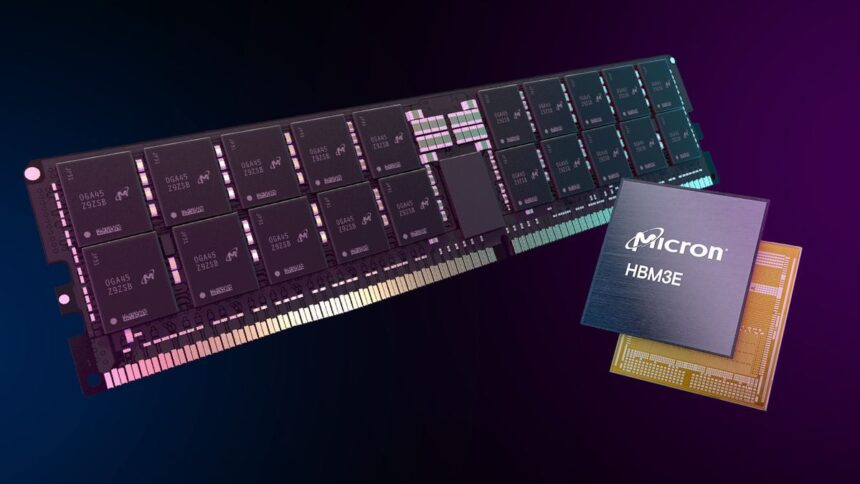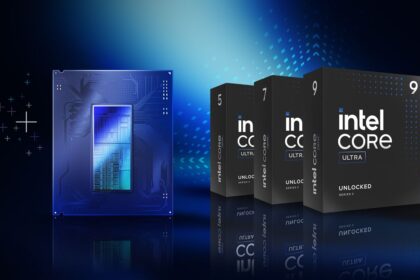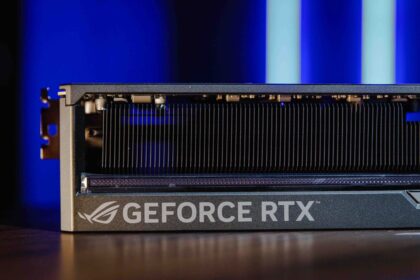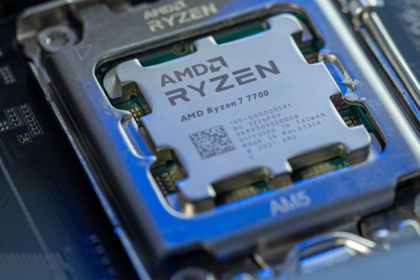Micron, one of the global leaders in memory manufacturing, has announced that it will raise prices for its DRAM and NAND Flash products starting in 2025, with expected increases throughout 2026. This move comes in response to surging demand from sectors like artificial intelligence, data centers, and consumer electronics—combined with growing supply constraints that are beginning to squeeze the global market.
This marks a significant shift for the memory industry, which had been experiencing a period of relative stability following a few tumultuous years. Since the end of the COVID-19 pandemic, the sector had been grappling with oversupply, which led to consistent price drops throughout 2023 and early 2024—benefiting consumers and electronics manufacturers alike.
However, that downward trend has now begun to reverse. Production cuts by major suppliers and the renewed demand for high-performance memory—particularly for AI and advanced computing workloads—are driving a steady recovery in memory prices. The era of cheap DRAM and NAND appears to be ending, signaling the beginning of a new cycle in the post-pandemic tech landscape.
Reasons behind the high prices
Micron officially confirmed its plan to raise memory prices through a memorandum sent to its channel partners on March 25, citing “recent market dynamics” and a “recovery in memory and storage markets” as key drivers. The company emphasized an unexpected surge in demand across multiple business segments, particularly tied to the rapid rise of artificial intelligence and related technologies.
Mike Cordano, Micron’s Executive Vice President of Global Sales, explained:
“The growing demand for AI-related applications and associated technologies reflects, among other factors, increased interest in our product portfolio due to the essential role our solutions play in these use cases.”
To prepare for what’s expected to be an increasingly tight supply environment, Micron is urging its customers and partners to provide long-term demand forecasts, including late or last-minute updates, to help stabilize the supply chain.
At the core of this price adjustment is the skyrocketing demand for high-performance memory, especially High Bandwidth Memory (HBM) — a crucial component for next-generation GPUs and AI accelerators. As tech giants like Nvidia, AMD, and Intel continue pushing the boundaries of AI development, the need for faster, more efficient memory solutions is becoming critical — making Micron’s offerings more valuable than ever.
How market should react
Micron hasn’t officially disclosed the exact percentage for its upcoming memory price hikes, but reports from TechNews and Mydrivers suggest the company is targeting an increase of around 11%.
Market research firm TrendForce offers a broader perspective, projecting that average DRAM prices—including High Bandwidth Memory (HBM)—will rise between 3% and 8% in Q2 2025. This is primarily attributed to the ramp-up in shipments of 12-Hi HBM3E modules. A more dramatic shift is expected for NAND Flash: wafer prices could rise by 10% to 15%, while client SSD prices may climb 3% to 8% in the same period.
A few key factors are contributing to this shift:
- A power outage at Micron’s Singapore facility in January disrupted supply.
- Rising U.S. tariffs, prompting brands to front-load shipments in Q1 2025.
- Ongoing inventory depletion across the memory supply chain.
Micron’s move is not isolated—other major players are following suit.
- Sandisk has already implemented a 10%+ price increase starting April 1.
- YMTC, China’s top NAND producer, plans a similar hike in June, potentially exceeding 10%.
- Samsung and SK Hynix are reportedly preparing for next month’s NAND wafer price increases.
With Micron’s 2025 HBM production fully booked and demand for high-performance memory continuing to skyrocket, the balance of power has shifted in favor of suppliers. Barring a major supply disruption or demand shock, this upward pricing trend will likely persist well into 2026, if not longer.
How will the end consumer be impacted?
For everyday consumers, the impact of rising DRAM and NAND Flash prices will likely begin to hit in the second half of 2025. That’s when electronics manufacturers are expected to run through their current inventory and start producing devices under new, higher-cost contracts.
The most affected products will be those that rely heavily on memory, including:
- Gaming PCs and laptops
- Data center servers
- High-end smartphones
- AI-driven hardware
- In particular, next-gen graphics cards demand massive memory bandwidth.
What makes this especially concerning is the timing: late 2025 also marks the end of official support for Windows 10. Many users will be planning hardware upgrades to move to Windows 11 or beyond, but rising component costs could throw a wrench into those plans. The overlap between forced upgrades and higher memory prices may significantly strain consumer budgets.
Businesses aren’t immune, either. Companies that rely on IT infrastructure should start reassessing their 2025–2026 budgets, factoring in potentially higher costs for hardware refresh cycles. Alternatives like resource optimization, extended use of existing equipment, or shifting some workloads to the cloud may become increasingly attractive—or necessary.
In short, the memory market is shifting, and consumers and enterprises must adapt their plans accordingly.











